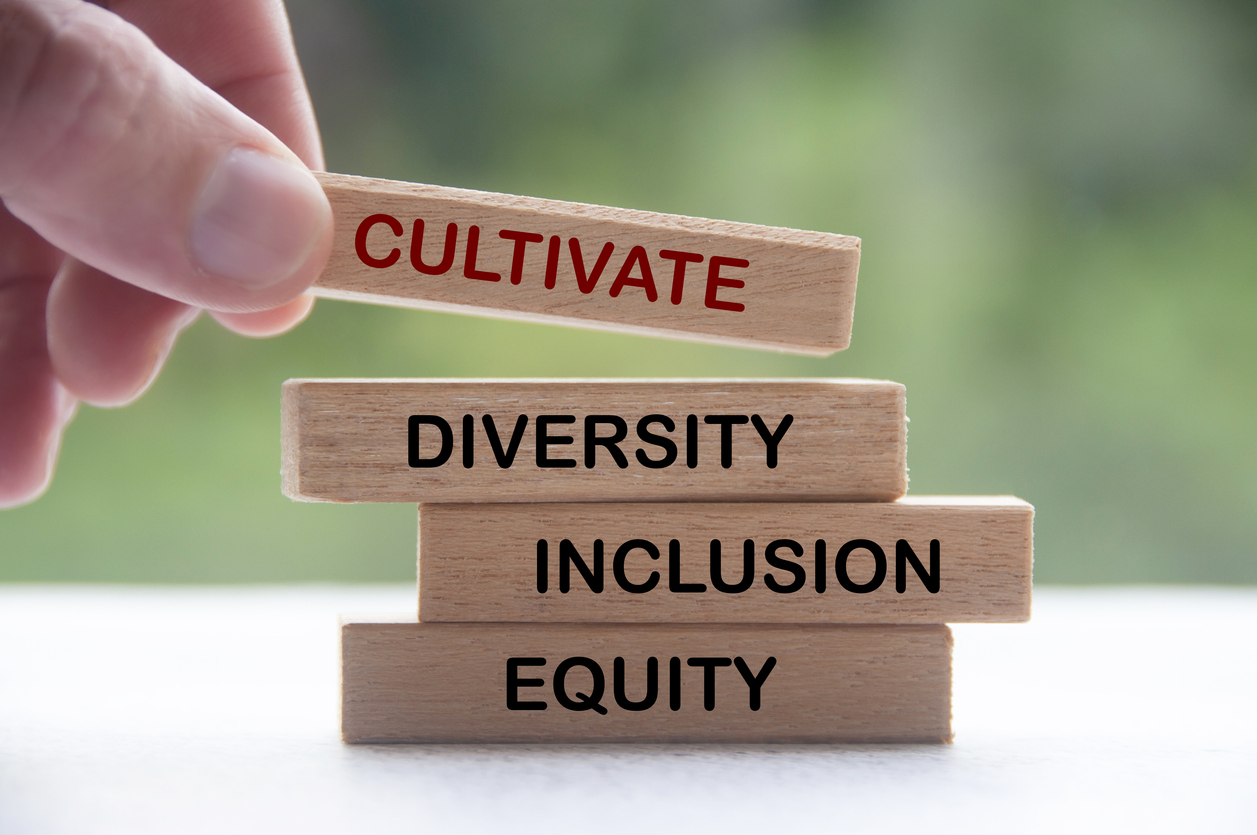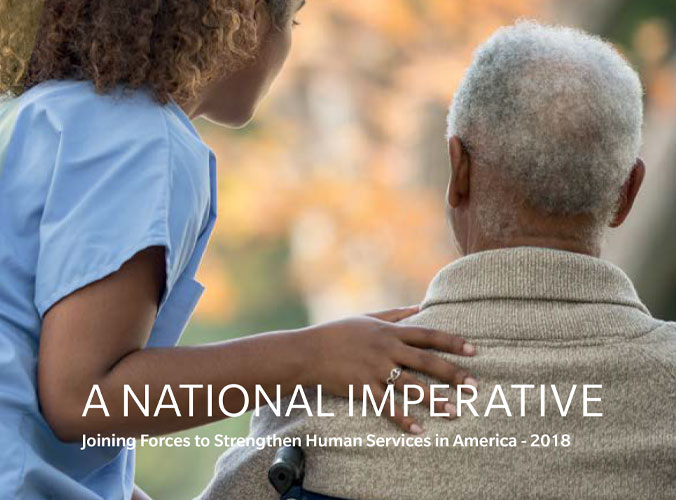Child, Family, and Community Well-Being
Resources for National Poverty in America Awareness Month
All people want the same things: To earn, learn, and belong.
But not everyone has access to the supports needed to achieve this. National Poverty in America Awareness Month is observed each January by shining a light on one of the most pervasive and persistent problems in society. This year’s observance is more vital given the devastation in families and communities throughout the country due to the coronavirus pandemic and subsequent economic upheaval.
Racially based poverty that is deeply embedded in all levels of society is particularly problematic. Tackling the complex barriers to socioeconomic mobility (SEM) requires thoughtful and sustained strategies, which is why Social Current has worked to identify opportunities for collective action that are grounded in racial equity and multigenerational approaches to family and community success. Social Current works with individuals and organizations across the country to advocate for and implement equitable solutions to society’s toughest challenges. Many community-based organizations (CBOs) employ innovative and sustainable practices to meet those challenges, such as asset-based community development, food- and wellness-based systems change, neighborhood-created resource development, and a racial lens for effective school-based interventions.
Collaboration and shared goals are necessary to create lasting change.
Impacting the root causes of poverty and amplifying opportunity takes intentionality and commitment between human and social sector CBOs, health entities, foundations, government entities, and all of those who make up the human and social sector ecosystem.
Several strategies have clear urgency for Social Current in 2022:
- Mitigating the impact of COVID-19 and advancing health equity
- Using brain science to improve the social determinants of health
- Pursuing partnerships that strengthen educational success
- Applying a population health approach to prevent and reduce child injuries and fatalities
- Leveraging the impact of CBOs
- Formulating policy and advocacy from a race equity lens
Learn how organizations are reducing economic inequality and racism.
Browse the Social Current Knowledge and Insights Center, our comprehensive online learning catalog and resource library, for examples on how CBOs across the country are working with residents and cross-sector partners to improve health, well-being, and financial security for individuals and families. Plus, provide feedback to the library team on two new comprehensive EDI-related databases. Learn more.
Note: The resource library is only available to staff of organizations that are Social Current Impact Partners. Learn more about our Impact Partnerships online and contact us to get engaged.
Follow the research and examine studies from the field on what works:
- Addressing the Causes and Effects of Poverty: Alliance Network Best Practices
- Principles and Innovations to Drive Family Prosperity, Ascend at the Aspen Institute, June 2020
This report details principles and solutions that can advance the economic success and well-being of children and families; highlights insights and solutions coming out of Family Prosperity project; and shares innovative approaches being used by employers and implemented through local, state, and federal policy. - Connections Among Poverty, Incarceration, and Inequality, Institute for Research on Poverty, University of Wisconsin-Madison, May 2020
Policy changes that have criminalized social problems such as homelessness, mental illness, and drug or alcohol problems—all disproportionately experienced by people of color—have also perpetuated poverty and racial inequality across generations. - The Economic Impact of Closing the Racial Wealth Gap, McKinsey & Company, August 2019
New research quantifies the positive impact on the U.S. economy of closing the wealth gap for Black families and identifies key sources of this socioeconomic inequity which contributes to intergenerational economic precariousness. - Jeremiah Program
A two-generational initiative to disrupt the cycle of poverty for single mothers and their children through a combination of quality early childhood education, a safe and affordable place to live, and empowerment and life skills training.
Take a deep dive with poverty trends and influence areas:
- Child Poverty: The State of America’s Children® 2021
State-level decisions about benefit allocation and amounts are too often rooted in historical racism and have disparate impacts on Black families. This pandemic has exposed how unequal our pre-COVID economy was: families were working to take care of their children, but the unjust and unequal economy built by our political leaders was not working for them and left millions of children behind. - Child Poverty Increased Nationally During COVID, Especially Among Latino and Black Children
A new collection of data provide a first nationally representative look at how the pandemic has changed poverty for children of color. Poverty rates among Latino children rose by 4.2 percentage points, from 23.0 percent to 27.3 percent, and by 2.8 percentage points among Black children, from 26.4 percent to 29.2 percent. This amounts to an increase of approximately 700,000 more Latino children and 268,000 more Black children living in poverty in 2020, relative to 2019. In contrast, the rates of White and Asian children in poverty remained relatively stable. - Fixing America’s Poverty Problem Starts with Telling a New Story
The racist and classist way poor people are talked about in the U.S. is part of the reason why failed policies stay in place. The narrative around poverty needs a radical shift. We absolutely can implement bold policies on the local, state and federal levels that will dramatically change the trajectory of people’s lives, eliminate poverty and improve the nation’s productivity. But we can only achieve that kind of change if we disrupt and replace the current narrative on poverty based on harmful stereotypes that blames people for their struggles — labeling them as lazy, corrupt, unintelligent or worse — and deems them undeserving of our trust, our investment or even their own dignity. - Racial Wealth Gap May Be a Key to Other Inequities
A study on the “fading American dream” concluded that “absolute mobility — the fraction of children who earn more than their parents — has declined sharply in America over the past half century primarily because of the growth in inequality. Economic mobility rates are lower in the U.S. than in some European countries, and the American dream seems to grow more unreachable as inequality grows. Authors warn the government must address the problem as large sectors of the American population sink into despair and frustration.



